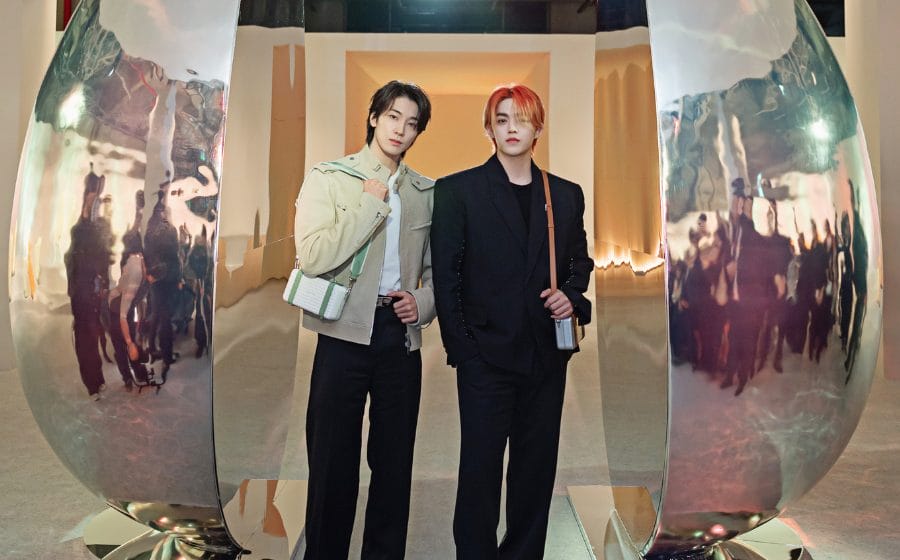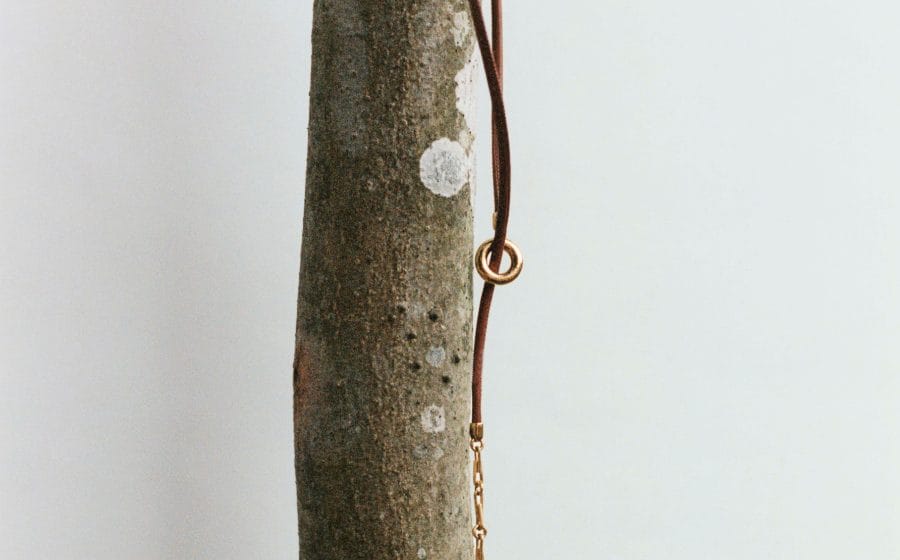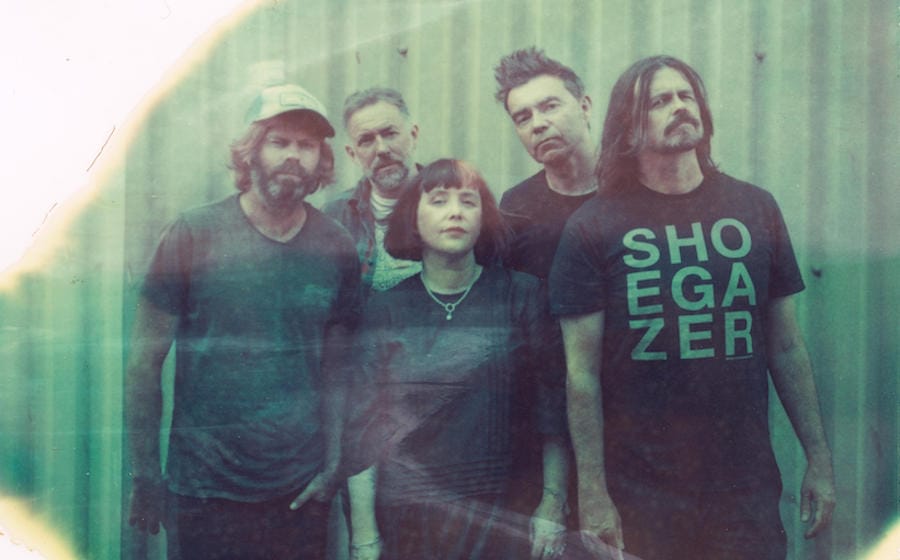
Nicholas Biebuyck, Heritage Director of TAG Heuer, offers a deep dive into TAG Heuer’s rich heritage.
I want to start with something a bit more personal. What is your fondest personal connection with TAG Heuer?
Growing up, I came from quite a modest background. My father loved motorsport, but we couldn’t afford to go racing every weekend; we would pack sandwiches and head to Silverstone, Brands Hatch or Goodwood. One year we went to Le Mans, and I just remember seeing these historic Formula One cars and racing cars going around the track with this red shield logo.
I was drawn to it, and then as I grew up and found this interest in watchmaking, it was inevitable that I got attracted to the brand (TAG Heuer), and it clicked. There was this huge connection between what I’d done when I was seven. It’s incredible that this seed planted when I was so young has grown into this passion. It instilled this passion within me, and it’s gotten me to where I am today.
As heritage director at TAG Heuer, can you tell us what that job entails?
There are a few different aspects. First, we have to preserve the company’s DNA and history, like physical artefacts (that we manage and audit) that represent it. We have around 3000 watches, 100,000 paper artefacts that make up our records, and around another 1000 items of racing overalls, helmets, timers, and desk clocks.
Secondly, there’s the academic study of those items, which involves research. We lost our factory records in 1982 when we went through the quartz crisis, so now we’re doing a lot of work to reverse-engineer those data.
Next is sharing them with the world. We have our museum in La Chaux-de-Fonds that will be refurbished and updated. There are these great international exhibitions where we can share these watches and support people’s understanding and research in that space.
Lastly, there’s the analysis of the storytelling that we do for our contemporary products. We ensure the inspirations are authentic and genuine whenever we introduce a new watch and create a great throughline. I support briefings for the press release, advise journalists on how they write their stories and support the product team in the introduction of new watches.
Given your previous appointments at Bonhams and Christie’s, you are regarded as an expert in vintage watches. Do you recall your reaction when you first saw TAG Heuer’s archive and heritage records?
I was really lucky that I got to see them before I was employed. In 2016 when I was at Christie’s, I was introduced to the former heritage director of TAG Heuer because she came from outside the watch industry, and I was introduced as a Heuer and TAG Heuer enthusiast. She invited me to the TAG Heuer museum later on and was given access to the archives because she trusted me while she went to some meetings.
It’s very impressive when I saw the watches because even though we don’t have paper records, we have so many physical watches. Looking at these artefacts, you can understand so much about the evolution of the design within a particular product. That, for me, was the real big takeaway. There’s so much that we can share with the world.
You identified important and significant timepieces in your previous capacities. Can you share or give insights into some of the important pieces in TAG Heuer’s archives?
You can look at it from what it helps to support us within our storytelling today, and that’s the first iteration of the Carrera, the ref. 2447 and early references such as the 3647 and 7753. Beyond that, for me, it’s the 1158 CHN gold Carrera, one of Jack Heuer’s favourite watches. It’s also one of my favourite watches because all the major drivers throughout the 1970s wore it with honour, and it was genuinely a presentation piece. The others include the first generation Monaco 1133B, the original Formula 1 from 1986, early Autavias, and the Mikrograph, the first mechanical 1/100th of a second stopwatch. You can see there are a lot, but I think there are probably 10 to 15 pieces that are a signature to us.
With a history that dates back 162 years ago, what are some principles or values that TAG Heuer emphasises to this day?
For me, there are two main pillars that I often talk about. One is this innovation for durable and reliable timekeeping. You can trace it back to the hermetically sealed pocket watch cases of the 1890s, for which we owned the patent. You can look at the Mikrograph, the first mechanical 1/100th of a second stopwatch, the automatic chronograph calibre 11 in 1969, and the Mikrotimer, the first electronic 1/1000th of a second timing equipment that we produced. These innovations for something that helped to make a better product are fundamental to us.
The other for me is I often talk about our egalitarian spirit. What I mean is we’re from the Vallée and not from Geneva. We’re not about fine watchmaking at the very high end but something that adds true utility and functionality to the watch.
Our early movements are not highly finished, but they’re absolutely accurate. We do everything that we can to improve the performance of the watch. That means we end up with a product mainly cased in stainless steel because it’s stronger. It makes it more accessible to a wider marketplace. We don’t really have a wait list for our products; you can walk into our shops and buy an Aquaracer and have a product you can wear for 20 years and be super happy with it.
In your opinion, which TAG Heuer collection is a good entry point for someone entirely new to watches or even TAG Heuer?
I think the obvious answer is TAG Heuer Formula One because it’s by far the most accessible and a great way of getting to grips with our DNA, and it’s our connection to motorsport. The more natural starting point for me is probably the Carrera because it represents so much for us as a brand. When you look at the 2447, the first iteration of the Carrera, this is our connection to Jack Heuer.
It’s the connection to understanding what a model range would look like, and it’s developed in so many directions today. We have the Porsche limited editions, the tourbillon or the plasma, a great avant-garde icon for us that’s pushing new technologies into lab-grown diamonds.
As a collector, you could just explore Carrera for the entirety of your collecting career if you want to. I think the natural step then is towards the Monaco.
Once you’re done with this story, click here to catch up with our November 2022 issue!








